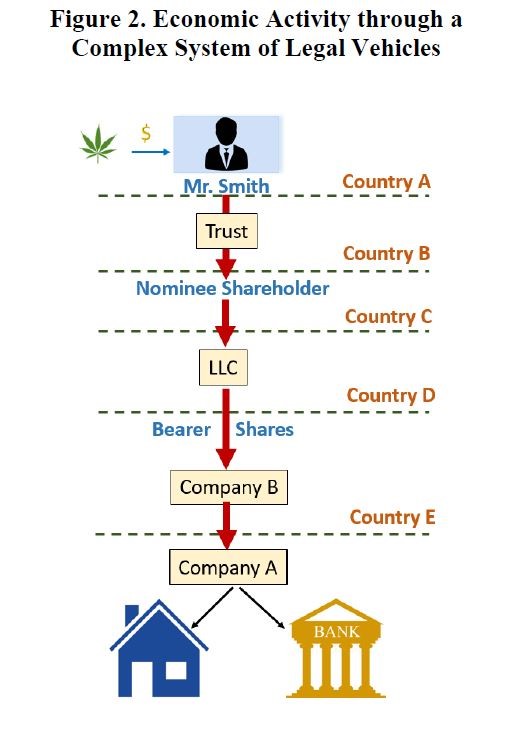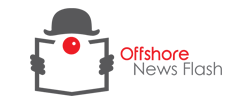Australia: OECD releases beneficial ownership implementation toolkit to facilitate transparency
In brief – Beneficial ownership toolkit aims to help governments implement legal and supervisory frameworks to identify and collect beneficial ownership information
Beneficial ownership is a critical issue in many areas of law, in particular tax and anti-money laundering. National authorities often struggle to keep up with private ingenuity in this area.
Recent data leaks have revealed the use of companies and trusts to hide the beneficial owners of assets and have highlighted the key role that transparency of ownership information can play in preventing tax evasion, corruption, money laundering and other related activities.
International standards require minimum levels of transparency concerning the beneficial owners of companies, trusts and other legal arrangements for tax as well as money-laundering purposes.
More clarity on beneficial ownership under international tax transparency standards
The OECD has recently released the first A Beneficial Ownership Implementation Toolkit. The toolkit provides examples for member jurisdictions of various approaches and considerations that have been or can be taken to ensure the availability of beneficial ownership information and offers practical suggestions to be taken into account when considering various policy options.
Each jurisdiction will have to carry out its own internal assessment of the best methods for implementation, taking into account the unique legal policy, and structural frameworks already in place.
The toolkit aims to provide a better understanding of beneficial ownership as provided by international tax transparency standards. It also aims to highlight how different jurisdictions are reforming their legislation and regulations to align with new international transparency measures.
Given that beneficial ownership can be cloaked in various ways, determining beneficial ownership can be a complex process that must be undertaken on a case-by-case basis.
A long chain of entities spanning several jurisdictions can make it incredibly difficult to identify the beneficial owner, as each layer of the chain must be examined to determine who is in control of each layer. A functional legal framework must ensure that a legal vehicle identifies its beneficial owner regardless of nationality and place of residence.

Global tax transparency standards
An important development in recent years has been the G20’s call for more integrated cooperation between organisations regarding tax transparency. Accordingly, the FATF (Financial Action Task Force) and Global Forum have worked closely to align their technical work on beneficial ownership, with a view to better serving the international community.
The toolkit defines and describes the recommendations made by the FATF on transparency with regard to beneficial owners and their linkages to Global Forum standards. The toolkit provides that any individual exercising ultimate effective ownership or control over an entity or legal arrangement, whether directly or indirectly, should be identified as a beneficial owner (subject to reasonable thresholds).
Most countries require legal persons to be registered in order to have legal existence, whereas trusts do not always need to be registered. The toolkit examines technical aspects of beneficial ownership requirements, distinguishing between legal persons and legal arrangements (such as trusts), and describes measures being taken internationally to ensure the availability of information on beneficial ownership (eg, some countries are upgrading company registers to include such information). Specifically, the toolkit provides a cascading test approach to identify a beneficial owner.
Complex corporate structures may require significant work to identify the natural person identified as the beneficial owner at the end of the chain. While some information may be publicly available, the toolkit offers a conceptual model for forum members to consider in implementing or revising a beneficial ownership framework. Further, it provides a series of checklists that may be useful in pursuing a specific beneficial ownership or how it can play out in practice in Global Forum EOIR (exchange of information on request) peer reviews.
The checklists provided by the toolkit include:
- Checklist for a central registry. A central registry is a mechanism for collecting and maintaining beneficial ownership information.
- Checklist for placing beneficial ownership obligation on legal persons/arrangements. A possible means of ensuring the availability of beneficial ownership information is to require legal persons and legal arrangements to maintain the information.
- Checklist for placing beneficial ownership obligations on DNFBPs (designated non-financial businesses and professions).
- Checklist for placing beneficial ownership obligations through tax reporting. A possible means of collecting and maintaining beneficial ownership information is to establish a comprehensive requirement that all relevant legal persons and arrangements have an annual tax reporting obligation and provide timely updates of information.
Challenges for implementing beneficial ownership standards
What matters is not just nominal compliance but also implementation. Beneficial ownership information must be available under the legal framework and in practice, as well as be accurate and up-to-date.
As part of the CRS (Common Reporting Standard), committed jurisdictions are required to obtain identification information about applicable financial institutions’ account holders and controlling persons. This will assist the AEOI (automatic exchange of information) regimes being adopted by jurisdictions around the world in relation to financial account information under the CRS.
Taking into account the different national legislative and institutional systems, the Global Forum does not universally prescribe any particular mechanisms of implementing beneficial ownership standards.
Recommendations and policies outlined in the toolkit should be closely considered to provide a compatible legal framework on an international scale regarding tax transparency.
Most users of cross border and complex structures have a legitimate reason for doing so. However, it is clear that the intensifying scrutiny and regulation of them will have flow-on effects for legitimate users in terms of costs and compliance.



